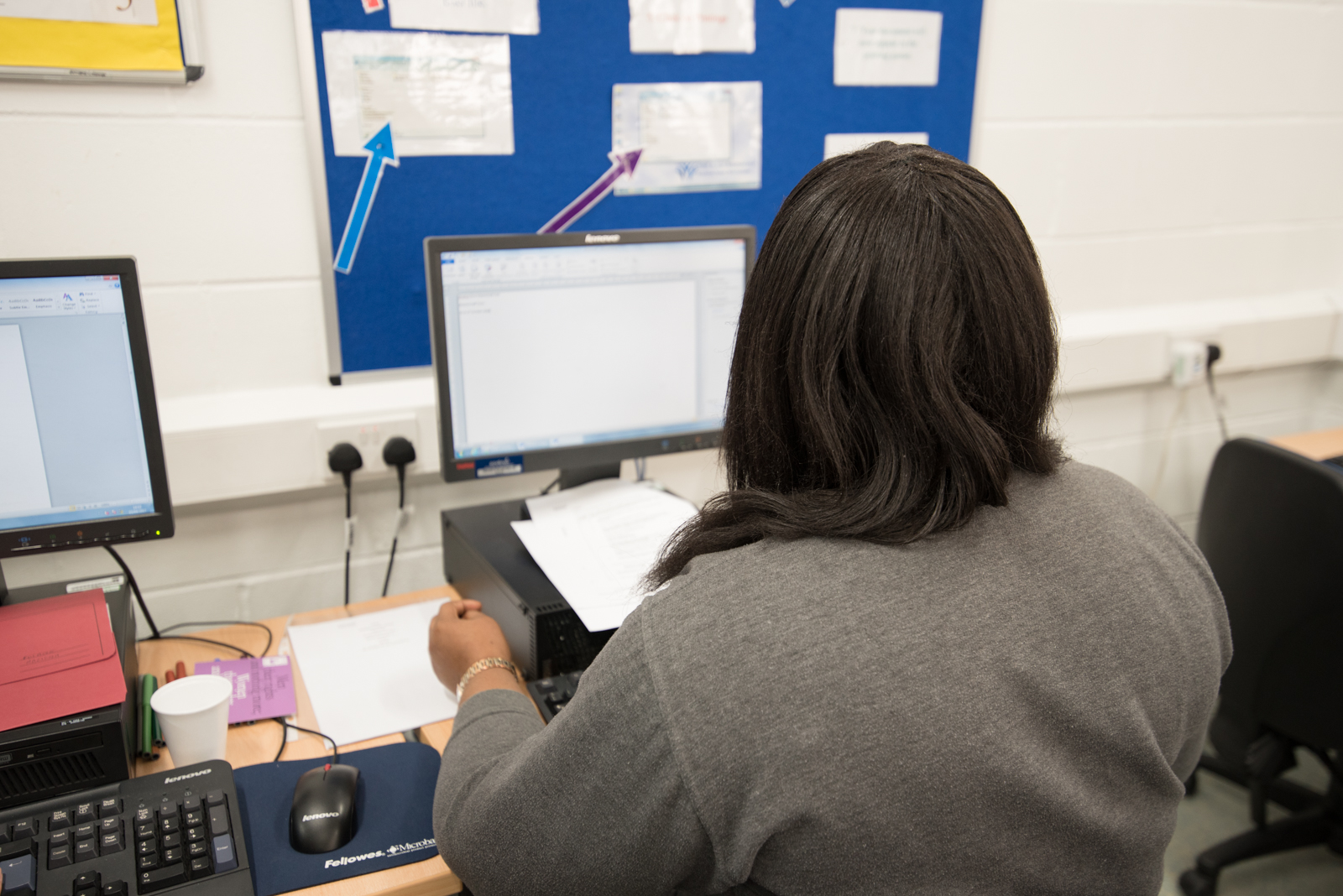
In this blog, PLA member and Director of LearnedEx Jonathon Howard draws on his lived experience to describe a change he would like to see in prison education, why, and what difference it would make.
Digital technology has huge potential for learning in prisons, and is a priority for PLA members, but the roll out of technology across the estate is slow. Jonathon suggests why that might be, and what could be done about it.
Let’s be honest. Technology in prisons is a bit of a joke. It’s a great story in the Daily Mail or to kick around the Westminster Lobbies that there is focus on digital access in prisons and millions if not billions is going to be spent on making Britain’s prisons fit for the 21st Century. All new prisons will be built with technology as a fundamental element of their design and construction. Yes, they will. But they won’t be ready for what, 5 years, 10 maybe, if the contracts run to time?
Yes, there are some of the newer prisons that have computers in cells. There are some that offer prisoners their own laptops to play with. That’s great and should be encouraged, but what does it actually do? An improvement may be seen in the choice of cabbage or peas. It may be that an OMU (Offender Management Unit) appointment, when changed for the third time, can be tracked effectively. Or it could be a great way of starting the 10-week process to get new trainers.
Don’t get me wrong. That stuff is important when you are inside. And things like having a digital record (or any record) of Apps (forms) is immeasurable in its importance. Relying on a PO’s (Prison Officer’s) memory or a scrap of paper which may or not be provided as receipt of an App is fluffy at best. But is that stuff really tackling the issue?
Learning in prison in the root to pretty much everything. Learning is about attitude, behaviour, betterment, capability to manage life and fun…technology is a means to revolutionising learning in prisons.
Learning in prison is the root to pretty much everything. Learning is about attitude, behaviour, betterment, capability to manage life and fun. Think what impact those things could have on individuals and prisons as a whole. And technology is a means to revolutionising learning in prisons. It is not a panacea for all ills; in fact chucking money at the current failing system is completely pointless. After all you can’t polish the proverbial…
What can be done in the short term? One idea is to re-open the partnerships with local colleges. They have all the IT facilities you can think of. They have the teaching staff to deliver the learning. And they have a massive squeeze on their budgets which means that any additional income from extra-curricular use of facilities is like manna from Heaven.
The prison education providers have a narrow view. Their contracts are fundamentally about statistics of forcing prisoners to work at or towards Level 2 in Maths and English. The people on the ground do their very best to offer art, vocational courses where possible and through the Prisoners’ Education Trust specialist courses in languages et al. But their hands are pretty much tied. There’s no budget for how to fill in a UC (Universal Credit) application or how to navigate around a mobile phone contract.
So what is stopping Governors from partnering with third party suppliers in their local community to beef up the provision of prison learning? There are three hurdles. First there is the contracting process. It’s called DPS (Dynamic Purchasing System) and the last thing it is, is dynamic. Steeped in civil service bureaucracy, it’s cumbersome and an easy target for budget reduction. It is a pain to administer and restrictive to the point of uselessness. It needs a complete re-vamp.
Second is the focus in the SLT (Senior Leadership Team) on learning. In 2021 Ofsted reported that 60% of prisons rated ‘inadequate’ or ‘needs improvement’ for education. The pandemic won’t have helped those scores. And the implication is that there is tacit acceptance within HMPPS that ‘requires improvement’ is OK. That’s not necessarily down to the suppliers or the prison but a viper’s nest of budget cuts, non-available resources and poor infrastructure for delivery.
The Government Strategic White Paper from September 2021 forwarded the idea of Learning Governors. Quite amazingly, this is actually happening with a new cohort already trained and, at the time of writing, starting to take up post. Finally the ‘hot potato’ of education will no longer be played out between the education provider and whichever poor soul has education tagged on to his or her other mountain of responsibility on the SLT.
We can but hope that with a better focus, responsibility and accountability on learning in the SLT, things will start to improve.
Finally, the biggy is about attitude. It’s really easy to halt prisoners from learning at FE colleges. The phrase “need to safeguard the public” easily trips off the tongue. That requires a rethink of the ‘human warehouse’ policy for one of ‘rehabilitative centre’ when it comes to our attitude to incarceration. That’s a tough one.
Where to start? We should give the new Learning Governors some tools with which to work. A revamped DPS would be a great start. Maybe then we can start to unlock the power inherent in technology to revolutionise learning within prisons and improve outcomes across the board.
* This blog is an opinion piece by a PLA member and may not represent the views of all members. It is the first in a series – ‘A change I want to see in prison education’ – produced by PLA members with lived experience.